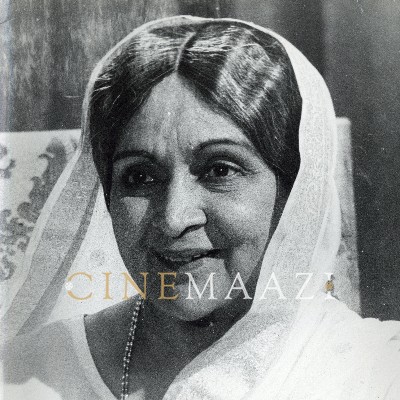Virendra Saini
Subscribe to read full article
This section is for paid subscribers only. Our subscription is only $37/- for one full year.
You get unlimited access to all paid section and features on the website with this subscription.
Not ready for a full subscription?
You can access this article for $2 , and have it saved to your account for one year.
- Primary Cinema: Hindi
One of the most important contributors to the New Cinema Movement in India, Virendra Saini graduated from the Film and Television Institute of India, Pune (FTII) with a diploma in cinematography in 1976. Soon after, he became a member of the Yukt Film Cooperative – a 16 member collective filmmaking unit which comprised mostly of graduates of the FTII. Together they produced Ghashiram Kotwal (1976), an adaptation of Vijay Tendulkar’s controversial play that left a deep impact in Indian cultural history. The short-lived cooperative’s second and last venture was Saeed Mirza’s acclaimed debut, Arvind Desai Ki Ajeeb Dastaan (1978).
Credited as the cinematographer for both these films, Virendra Saini went on to form a long collaborative partnership with Saeed Mirza. This collaboration bore fruit with Albert Pinto Ko Gussa Kyun Aata Hai (1980), Mohan Joshi Hazir Ho! (1984), Salim Langde Pe Mat Ro (1989) and Naseem (1995). He also shot Sai Paranjpye’s Sparsh (1979), Chasme Buddoor (1981) and Katha (1982).
In 1980, Virendra Saini also filmed Mani Kaul’s modernist adaptation of Gajanan Madhav Muktibodh’s writings in Satah Se Uthata Admi. While the writer was recognized as one of the most significant poets associated with the Nai Kavita movement, the film continues to be an experiment in philosophical film-making commended across the world. Saini also worked with Mani Kaul for his experimental documentary Dhrupad (1982). Kaul’s vision for Satah Se Uthata Admi involved inspiration from the Dhrupad musical style as well. It necessitated a constantly moving camera and dynamic light patterns which Saini effectively realised. With his work with realist filmmakers like Mirza and avant garde filmmakers like Kaul, Saini was instrumental in creating the idioms of the New Cinema aesthetic. He also made a brief foray into commercial cinema with Kundan Shah’s Kabhi Haan Kabhi Naa (1994).
Later in his career he moved into direction making significant contributions to the evolution of the children’s film in India. He made three children’s films under the Children’s Film Society of India – Kabhi Pass Kabhi Fail (1999), Choo Lenge Akash (2000) and Foto (2007). He won the National Award for Best Cinematography in 1990 for his work in Salim Langde Pe Mat Ro. He also won two National Awards for Best Children’s Film in 1999 and 2008 for Kabhi Pass Kabhi Fail and Foto respectively. In 2015 he returned his National Awards in protest against government inaction over rising intolerance in the country. Virendra Saini’s legacy as a cinematographer is remarkable in the history of the art, particularly for introducing radically new ways of seeing cinema to Indian audiences.











.jpg)



